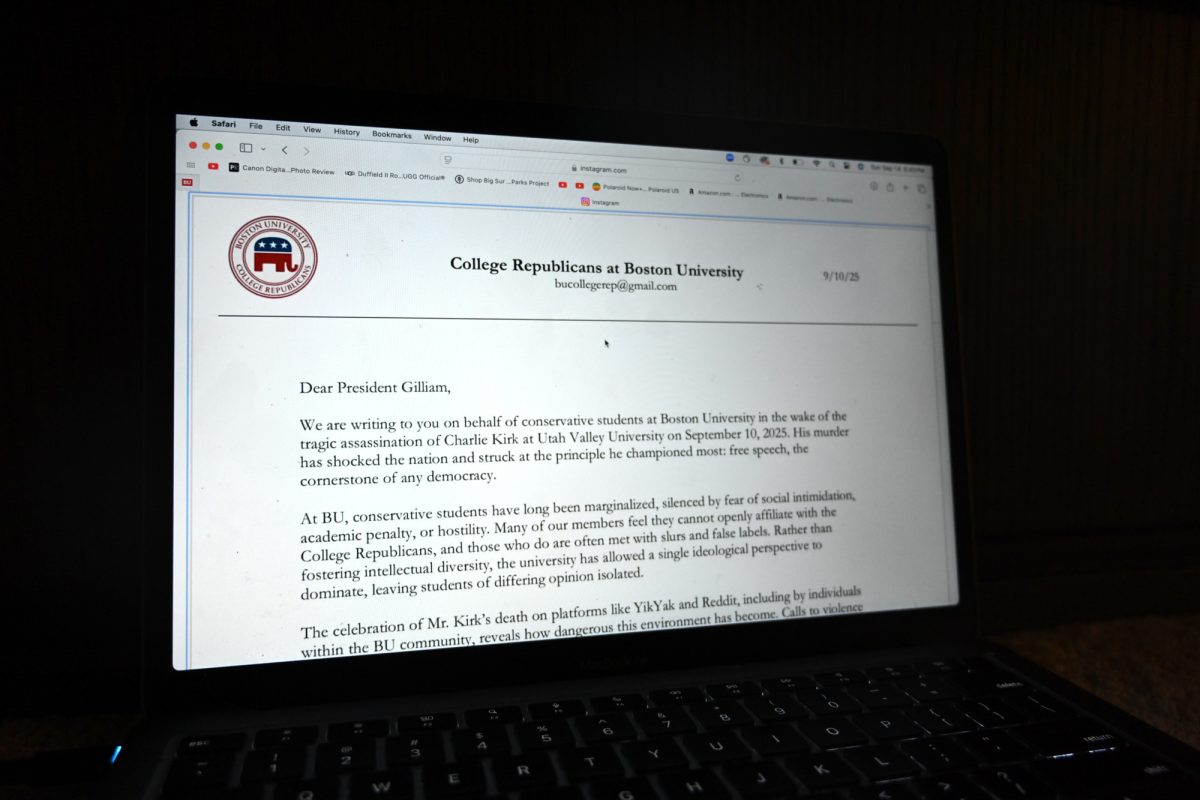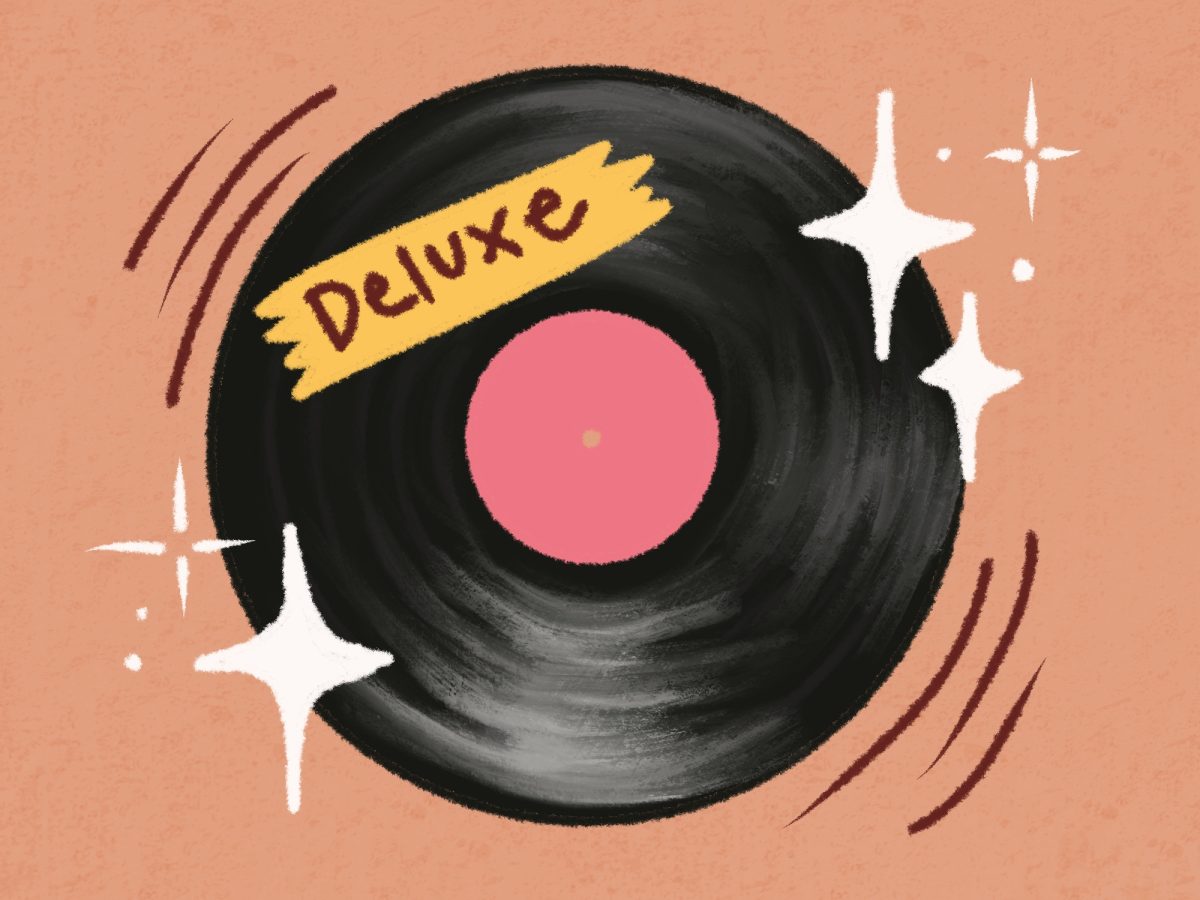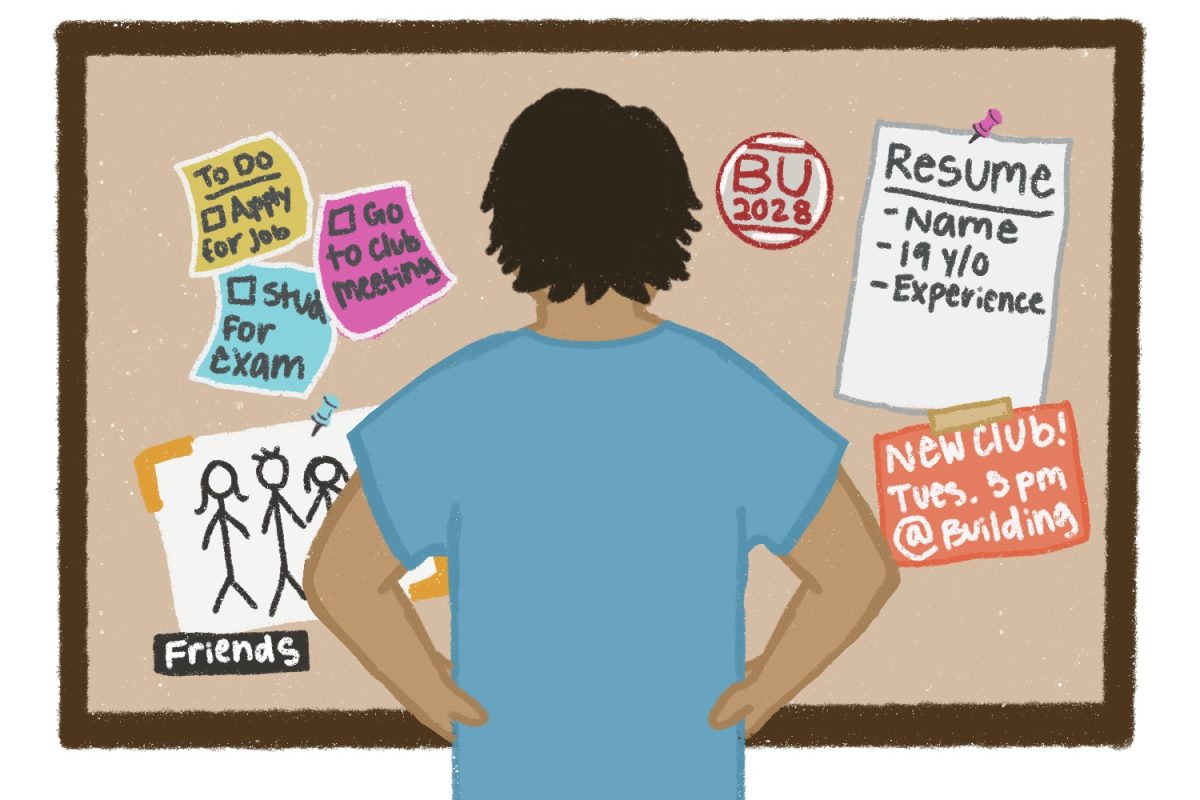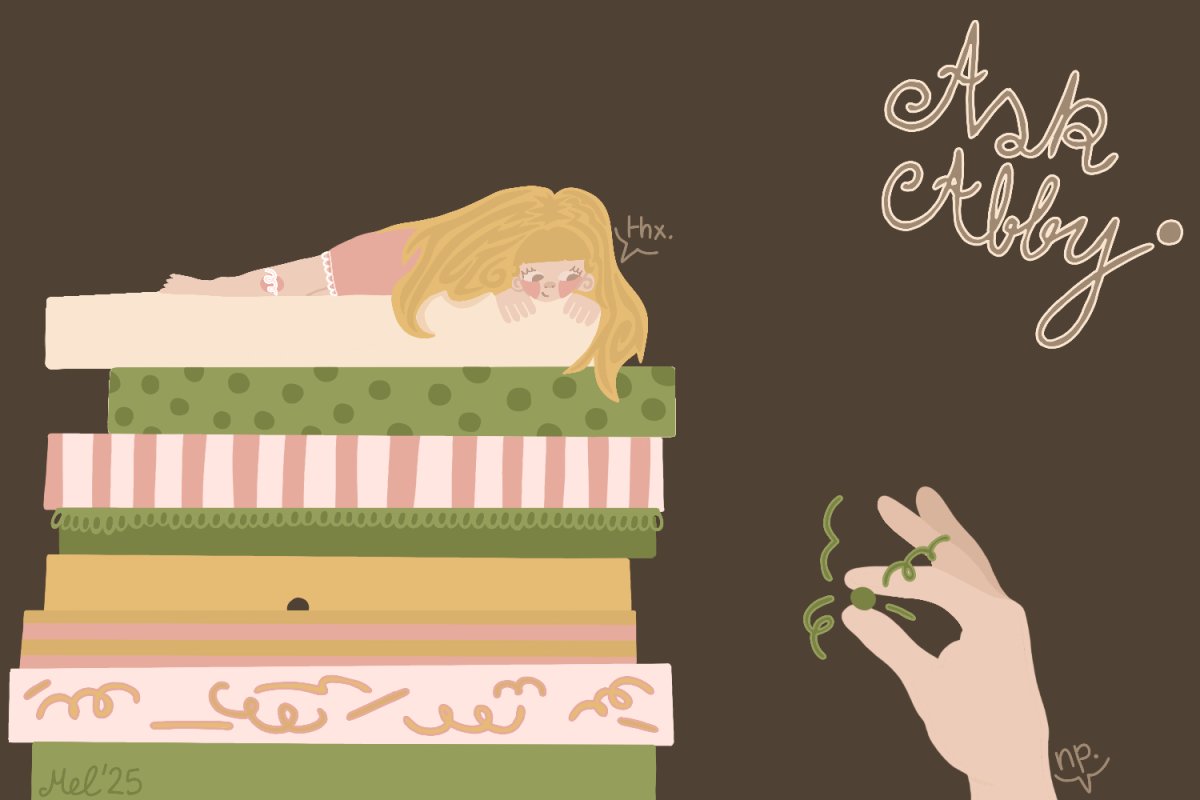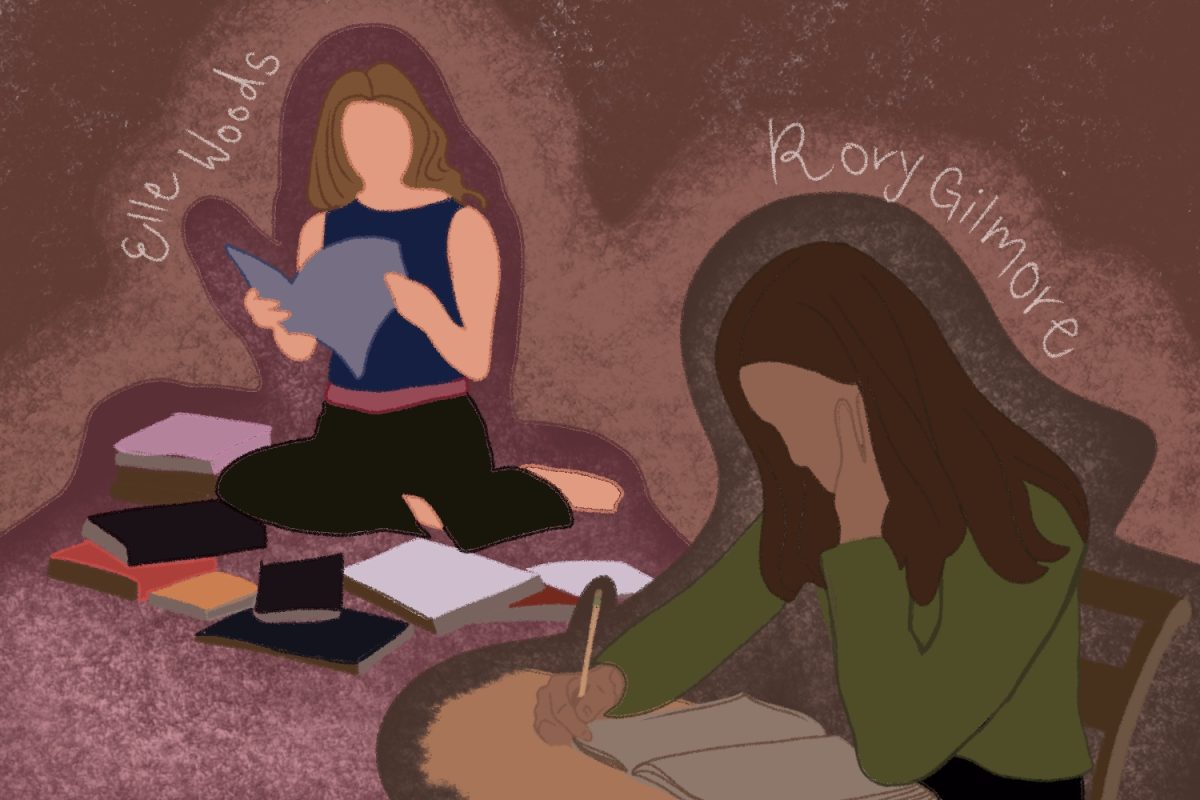In third grade, my music teacher introduced our class to the different “families” of instruments, each with its own mother, father, brother and sister. There were woodwinds, strings, percussion and my favorite — brass. In this brass family I gravitated toward the trumpet’s sister who hid behind the musician out of shyness and emitted a soft, angelic sound compared to the harsh saxophones and the squeaky violins. She was, or it was, the French horn, and from my clumsy introduction, this encounter marked the next 12 years of my musical career
The horn is one of the most underappreciated instruments in an ensemble. The conductor always throws it in somewhere near the trombones or the tenor saxes, where it is destined to only play “oom-pahs” during marches and counter-melodies in more lyric compositions. But in the rare occasion in which the composer knows enough to acknowledge the horn’s star potential — maybe during a brass chorale or a solo — the most euphoric noise soars across the stage, bringing to mind ethereal images such as angels, clouds and Goldschläger. It creates few moments of calmness and counterbalances the shrill sound of trumpets with its mellow, smooth tone.
Playing the horn is kind of like making out with a piece of metal for a prolonged period of time. In the words of my favorite conductor, you have to “blow hard … no, harder … that’s right, really hard,” so I guess it’s a bit like a naughtier activity, too. Your aperture, which is the shape your lips make, must be just right so that air sufficiently passes through the mouthpiece, a concept I struggled with and now must suffer the consequences. My mouth was always a little stronger on one side, so sometimes after a few “celebratory beverages” at gatherings, my friends suspect I’ve had a slight stroke because my mouth becomes droopy on the right, and whatever liquid I’m drinking comes out (this only happens when I’m wearing a shirt that can only be washed with Fiji water).
Similar to the transition from slippers to pointe in ballet, a transition comes in a horn player’s life from traditional horn to double horn, which has more tubing and allows the musician to play in higher octaves easily. My first instrument of this kind was a Conn engraved with floral designs throughout the valves and tubing. Extra tubing meant extra draining, so in order to avoid a gurgling sound, I’d frequently have to spin the horn around a few times and pour out my wonderful saliva, which has twice christened the stage of Symphony Hall. Nota Bene: if you ever play at Symphony Hall, watch the conductor carefully; audience members claim it’s acoustically the most well-designed building in the world, but for musicians, it always sounds like you’re several counts behind other instrument sections.
It’s been too long since I’ve picked up my horn, but as a quarter-year’s resolution, I think it’s time to start playing again. My apologies in advance for disturbing anyone in Shelton Hall.
Sydney L. Shea is a junior in the College of Arts and Sciences and can be reached at [email protected]



